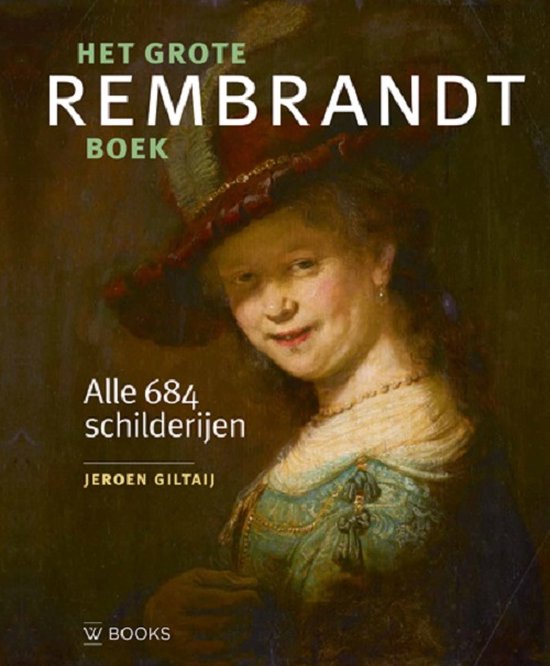
Rembrandt
Even during the artist's lifetime, contemporary art lovers considered Rembrandt van Rijn to be an exceptional artist. In this sequel to the acclaimed Rembrandt: The Painter at Work, the author investigates precisely why the artist, from a very early age, was praised by prominent connoisseurs.
Even during the artist's lifetime, contemporary art lovers considered Rembrandt van Rijn to be an exceptional artist. In this revelatory sequel to the acclaimed Rembrandt: The Painter at Work, renowned Rembrandt authority Ernst van de Wetering investigates precisely why the artist, from a very early age, was praised by prominent connoisseurs. He argues that Rembrandt, from his very first endeavors in painting, embarked on a journey past all the foundations of the art of painting that, according to (up until now misinterpreted) contemporary written sources, were considered essential in the seventeenth century. Rembrandt never stopped searching for solutions to the pictorial problems that confronted him; this led over time to radical changes in course that can't simply be attributed to stylistic evolution or natural development. In a quest as rigorous and novel as the artist's, van de Wetering reveals how Rembrandt became the best painter the world had ever seen. Gorgeously illustrated throughout, this groundbreaking exploration reconstructs Rembrandt's closely guarded theories and methods, shedding new light both on the artist's exceptional accomplishments and on the practice of painting in the Dutch Golden Age. Published in association with Amsterdam University Press.
Even during the artist's lifetime, contemporary art lovers considered Rembrandt van Rijn to be an exceptional artist. In this revelatory sequel to the acclaimed Rembrandt: The Painter at Work, renowned Rembrandt authority Ernst van de Wetering investigates precisely why the artist, from a very early age, was praised by prominent connoisseurs. He argues that Rembrandt, from his very first endeavors in painting, embarked on a journey past all the foundations of the art of painting that, according to (up until now misinterpreted) contemporary written sources, were considered essential in the seventeenth century. Rembrandt never stopped searching for solutions to the pictorial problems that confronted him; this led over time to radical changes in course that can't simply be attributed to stylistic evolution or natural development. In a quest as rigorous and novel as the artist's, van de Wetering reveals how Rembrandt became the best painter the world had ever seen. Gorgeously illustrated throughout, this groundbreaking exploration reconstructs Rembrandt's closely guarded theories and methods, shedding new light both on the artist's exceptional accomplishments and on the practice of painting in the Dutch Golden Age. Published in association with Amsterdam University Press.
| Auteur | | Ernst van de Wetering |
| Taal | | Engels |
| Type | | Paperback |
| Categorie | | Kunst & Fotografie |





